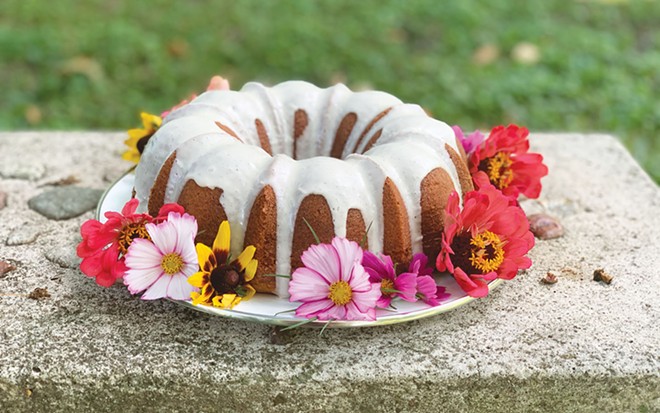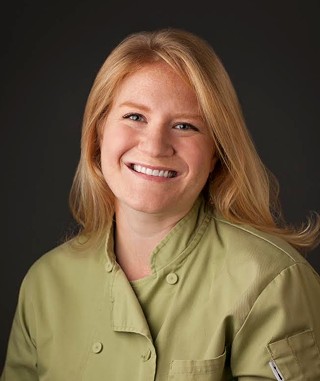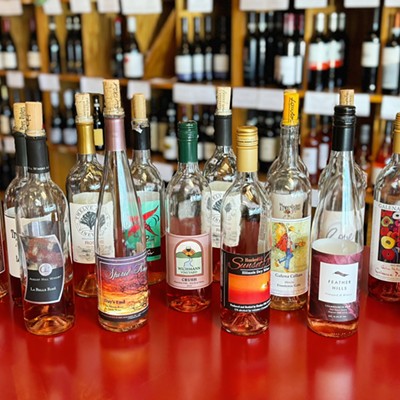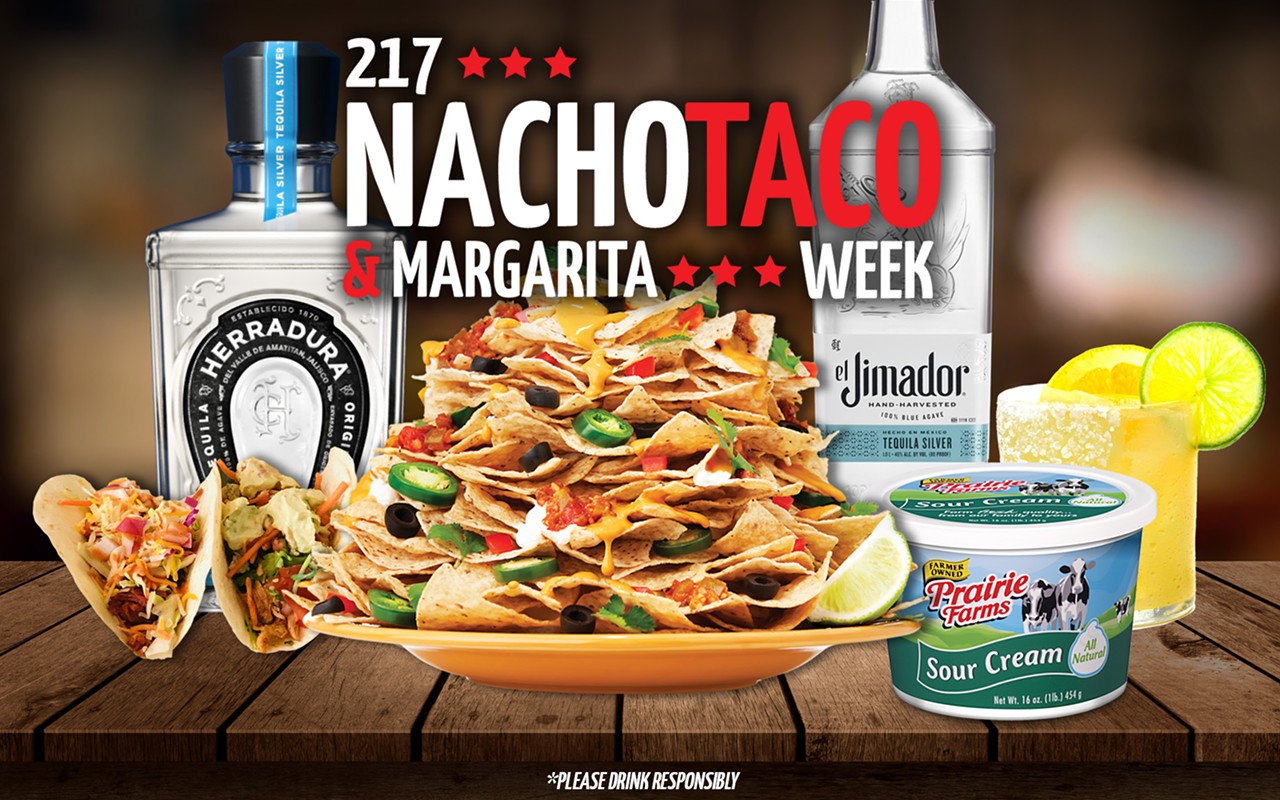Now considered an American classic, the original Bundt pan was designed by Minnesota-based Nordicware in 1950. The aluminum ring-shaped cake pan with fluted edges was an updated version of a cast-iron pan used to bake Gugelhupf, a traditional yeast-leavened cake common throughout central and eastern Europe. Nordicware's updated version was lightweight and allowed for even browning thanks to its aluminum construction and the elegant shape was easy to cut and serve. In spite of these advantages the initial sales of the pan were so lackluster that the company considered discontinuing the design. The tides turned, however, when a chocolate Bundt cake called the "Tunnel of Fudge" won second place in the 1966 National Pillsbury Bake-Off. The pan's popularity surged and has continued to remain a favorite among bakers around the world.
In addition to the classic fluted Bundt pan, Nordicware has designed a dizzying array of gorgeous pans. From lush rings of flowers to festive holiday wreaths to architectural marvels that resemble cut crystal, these pans help bakers produce beautiful desserts with minimal effort. I have more Bundt pans than I care to admit – some I inherited and some were the result of online impulse shopping. However, my favorite is still the original fluted aluminum pan that belonged to my mom. It consistently produces a perfectly browned product that easily turns out of the pan every time.
It's important when baking with a Bundt pan to thoroughly grease and flour it to prevent sticking, even if you have a modern nonstick model. Homemade pan-release is easy to make and ensures a perfect turnout every time. Combine equal parts all-purpose flour, vegetable oil and melted butter and stir until smooth. Use a pastry brush to evenly coat the inside of the pan before adding batter. Leftover pan-release can be stored in the freezer for future use.
In addition to show-stopping desserts, Bundt pans can also take a savory spin. Use them to make a crispy-skinned roast chicken and veggies or cheesy pizza pull-apart bread. Avoid baking acidic ingredients like tomatoes in aluminum pans as the acid will react with the metal and produce an off-taste.
Classic Yogurt Pound Cake
2¼ c. all-purpose flour
2 c. sugar
1 tsp. kosher or sea salt
½ tsp. baking soda
1 c. unsalted butter, room temperature
3 large eggs
1 c. plain full fat yogurt or sour cream
1 tsp. vanilla
It is important for all ingredients to be at room temperature.
Preheat the oven to 325 degrees. Grease and flour a Bundt pan.
Place all ingredients in the bowl of a mixer. Beat at lowest speed until ingredients are combined, then beat at medium-high speed for three minutes. Scrape the batter into the prepared pan and smooth the top. Bake for 60 minutes, then remove the cake and insert a toothpick into the center of the cake to check for doneness. If there is any wet batter remaining on the toothpick, return the cake to the oven for an additional five minutes then check again. Remove the cake from the oven and let it cool in the pan for 15 minutes, then invert the cake onto a wire rack to finish cooling.
If desired, you can glaze the cooled cake with an icing made from whisking together two cups powdered sugar, one teaspoon vanilla and two tablespoons liquid (lemon juice, whole milk, or coffee are tasty options). Whisk until smooth, then drizzle over the top of the cake.
Bundt Pan Roast Chicken and Vegetables
1 whole chicken, about 3½-4 pounds
3 tablespoons butter, divided
1 ½ teaspoons salt, divided
1 ½ pounds new potatoes, cut into ½-inch pieces
1 pound carrots, peeled and cut into ½-inch pieces
2 cloves minced garlic
2 tablespoons whole grain mustard
½ teaspoon dried thyme
1 lemon
Chopped parsley, to serve
Preheat the oven to 425 degrees. Use one tablespoon of the butter to coat the inside of a Bundt pan. Use a six-inch square of foil to cover the hole in the center of the pan. Combine the potatoes and carrots in a microwave-safe bowl along with two tablespoons of water and microwave for five minutes. Drain, then place the partially cooked potatoes and carrots in the bottom of the pan and sprinkle with ½ teaspoon of the salt.
In a small bowl, melt the remaining two tablespoons of butter. Add the mustard, thyme, and the zest of the lemon and mix well.
Sprinkle the chicken all over with the remaining teaspoon of salt, including the cavity inside. Spread the butter mixture all over the chicken, including under the skin of the breasts and thighs. Position the chicken cavity over the foil-covered vent of the pan so that it's sitting on top of the vegetables.
Roast the chicken at 425 degrees for 20 minutes, then reduce the heat to 375 degrees and continue to cook for an additional 40 minutes. Remove the chicken from the oven and check it for doneness by inserting a meat thermometer into the deepest part of the thigh – it should read 165 degrees. Place the chicken on a rimmed cutting board to rest for 15 minutes before carving. Transfer the vegetables to a serving dish. Pour the juices in the bottom of the pan into a gravy boat or small pitcher and squeeze in the juice from the lemon that you zested earlier. Sprinkle the carved chicken with chopped parsley and serve with pan juices.


















